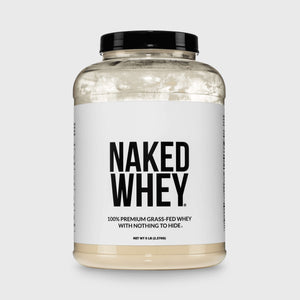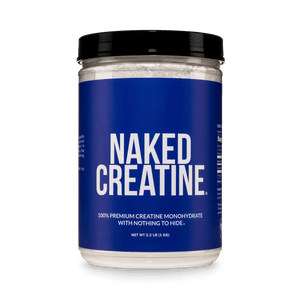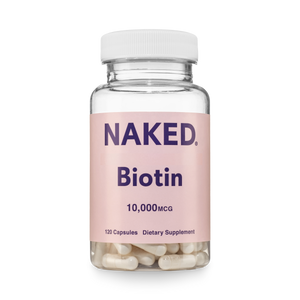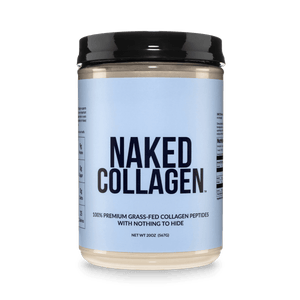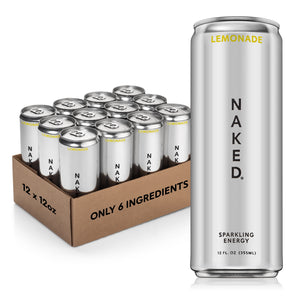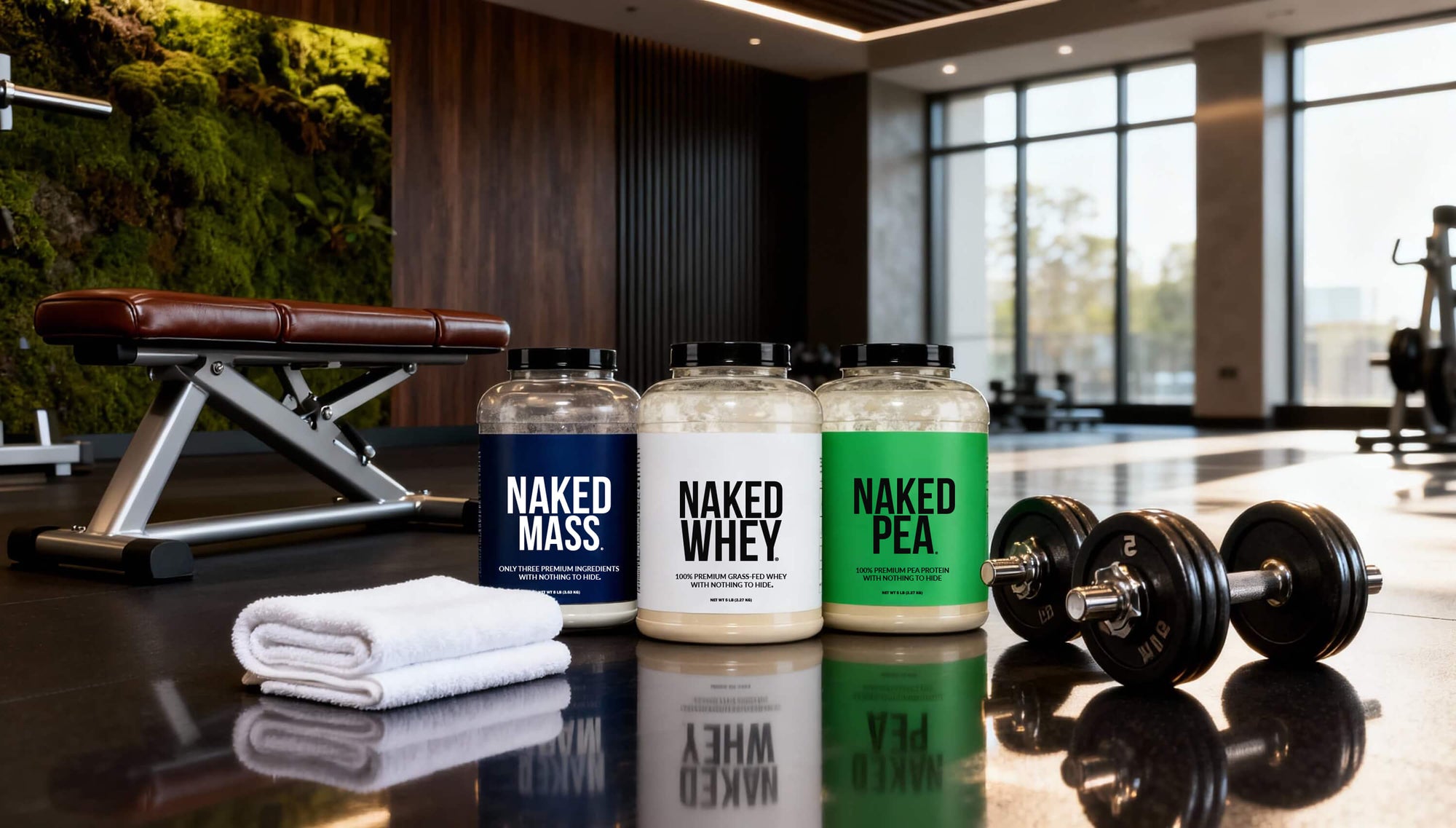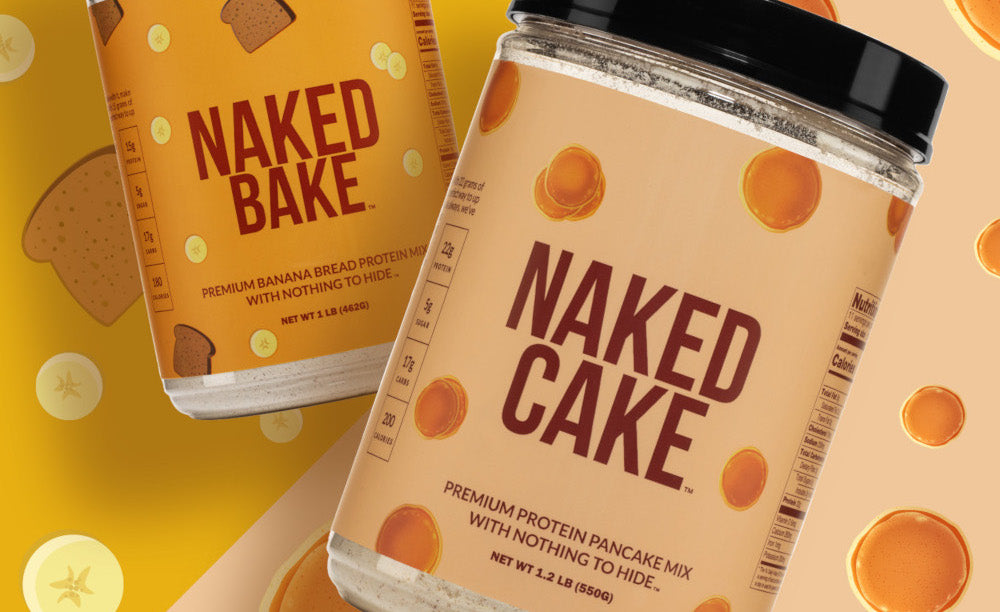Creatine is a naturally occurring compound in your body’s muscle cells that has a large role in energy production. It is found in many foods like red meat and fish, but is also commonly taken as a supplement in athletes. Research shows that creatine supplementation can lead to improved exercise recovery and improved muscle mass.
Creatine can improve stamina, particularly in activities that require short bursts of high-intensity effort. By replenishing the body's energy reserves, creatine helps delay fatigue during high-intensity, repetitive tasks, leading to better stamina over time. In this article, we'll explore how creatine works, the types of endurance it benefits, and how to incorporate it into your fitness routine.
Key Takeaways
-
Creatine works to replenish the energy in your muscles during short high intensity activities.
-
Creatine doesn’t directly help with stamina or endurance, but has a role in recovery by reducing muscle fatigue.
-
Most people see results after long term use of 5 grams of creatine per day.

How Does Creatine Work in the Body?
Creatine works as an energy reserve for your muscles. It’s a natural compound that is stored in your muscles as phosphocreatine. It helps your muscles replenish energy for quick and intense physical activities.
When your muscles contract, they burn through energy quickly. Creatine steps in to help your body make more of that energy fast, so you can keep going a little longer.
Can Creatine Help With Stamina?
Stamina is the ability to sustain physical effort over time. The anaerobic systems in the body are used in short bursts of intense activity. The aerobic systems in the body are used for activities that require longer sustained efforts.
Because creatine primarily affects the anaerobic systems, it’s ideal for those that complete short-duration high-intensity activities such as sprinting, weight lifting, etc. Creatine has a limited effect on stamina or endurance.
However, while it may not directly improve long duration activities, it has a role in recovery. As such, creatine has an indirect impact on performance in repeated sprints or intervals.
Does Creatine Help You Run Longer?

Because creatine doesn’t have a role in endurance sports, it doesn’t significantly improve stamina for long-distance running, or other aerobic exercise.
However, because creatine is particularly useful in short bursts of intense activities, you may see an improvement in interval training.
Creatine also has been shown to have a role in recovery as it can reduce muscle fatigue, providing more energy to these muscles. As such, this can indirectly support longer training sessions.
How Much Creatine Should I Take for Endurance?
For most people, the standard dosing of 5 grams of creatine per day is ideal. Some people choose to load with 20 grams of creatine per day for 5-7 days. This is referred to as the loading phase. Then, they enter the maintenance phase which requires a maintenance dose of 5 grams of creatine per day.
There is no specific time creatine needs to be taken, but because of the muscle recovery benefits, some may prefer to take it after their workouts.
In order to see benefits in the long term, creatine needs to be taken regularly, even on non-training days.
What Type of Creatine Is Best for Endurance?

For endurance athletes, creatine monohydrate remains the best form of creatine to supplement with.
While most of the research backing creatine monohydrate highlights benefits in strength training or quick high intensity interval training, endurance athletes may see an indirect benefit in supplementing with creatine monohydrate due to its ability to improve muscle energy stores and enhance recovery.
Can Creatine Make You Bloated?
For many, creatine can have an effect of making you feel bloated. This typically only occurs in those that undergo the loading phase of 20 grams of creatine per day for 5-7 days.
Consuming large amounts of creatine during this phase rapidly increases creatine levels in the muscles. When creatine is stored in the muscles, water is pulled along with it leaving a feeling of temporary bloat or puffiness.
However, many avoid this side effect by adopting the standard dosing instead of the loading dose.
With an intake of 5 grams of creatine per day, it’s unlikely you’ll suffer the temporary side effect of bloating. This is because creatine levels in the body rise over a period of several weeks without the same water retention rates.
Are There Potential Creatine Side Effects?

For most, creatine use is generally safe and doesn’t lead to side effects. However, it has potential to lead to uncomfortable side effects if taken at high doses.
Besides the bloating and potential weight gain that can occur during the loading phase due to the water retention, some people experience digestive issues like nausea or cramping when taking large doses of creatine.
Others, while uncommon, may notice feelings of anxiety or jitters, but research has not found enough data to back up this claim. If you are suffering with any of these symptoms, it’s best to decrease your creatine intake to 5 grams per day and speak with your healthcare provider.
TL;DR
In conclusion, while creatine may not directly improve endurance for long-duration activities, it can be a valuable tool for enhancing stamina in short, high-intensity efforts.
By supporting muscle energy stores and reducing fatigue, creatine enables better recovery, making it easier to perform repeated sprints or intervals.
With consistent, long-term use of 5 grams per day, athletes can experience the full benefits of creatine supplementation, optimizing their performance during intense workouts. If you're looking to boost your stamina in high-intensity activities, creatine could be a worthwhile addition to your fitness regimen.
